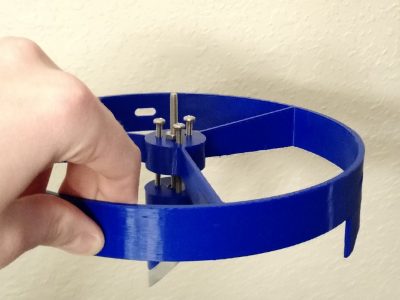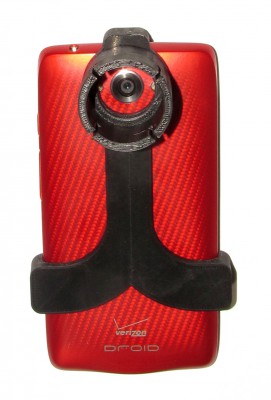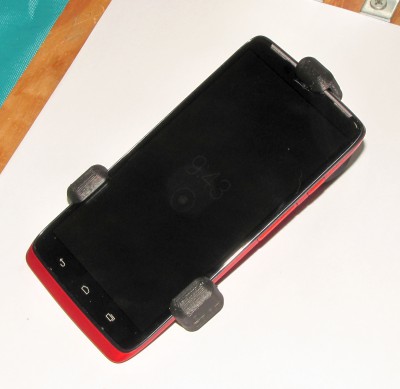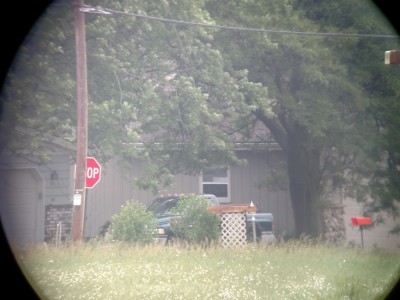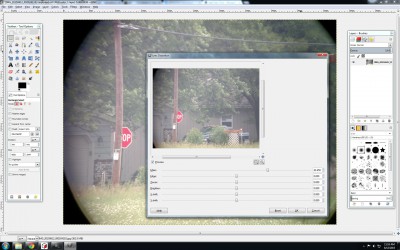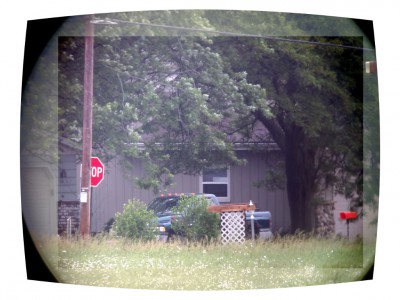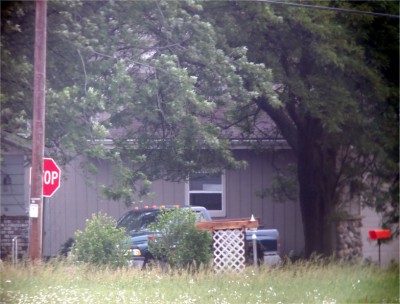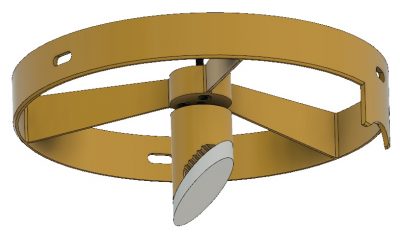
I am designing and building a homemade telescope, loosely following designs from here. While a lot of their components are ingeniously designed, I wasn’t satisfied with the spider plans they provided. I decided to try my hand at designing my own spider in Fusion 360 (using their free enthusiast subscription) and 3D printing it.
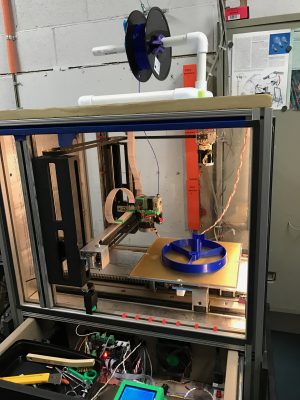 The spider snugly fits in an 8″ diameter tube. There are 3 slots in the perimeter to allow rotational alignment along the axis of the tube. There are 3 additional screws in the central cylinder that tilt the diagonal mirror holder and provided height adjustment. The diagonal holder has multiple grooves to provide more surface area for the silicone to bond to. The surface the mirror mounts on is on a 45. The entire thing was printed in PLA on Mark’s SOM printer (huge thanks to Mark for helping out).
The spider snugly fits in an 8″ diameter tube. There are 3 slots in the perimeter to allow rotational alignment along the axis of the tube. There are 3 additional screws in the central cylinder that tilt the diagonal mirror holder and provided height adjustment. The diagonal holder has multiple grooves to provide more surface area for the silicone to bond to. The surface the mirror mounts on is on a 45. The entire thing was printed in PLA on Mark’s SOM printer (huge thanks to Mark for helping out).
A similar design could be constructed in the machine shop with multiple operations and perhaps even some welding, but the ease of designing this in Fusion 360 along with the little setup involved in the 3D printing process made this an ideal path to choose.
